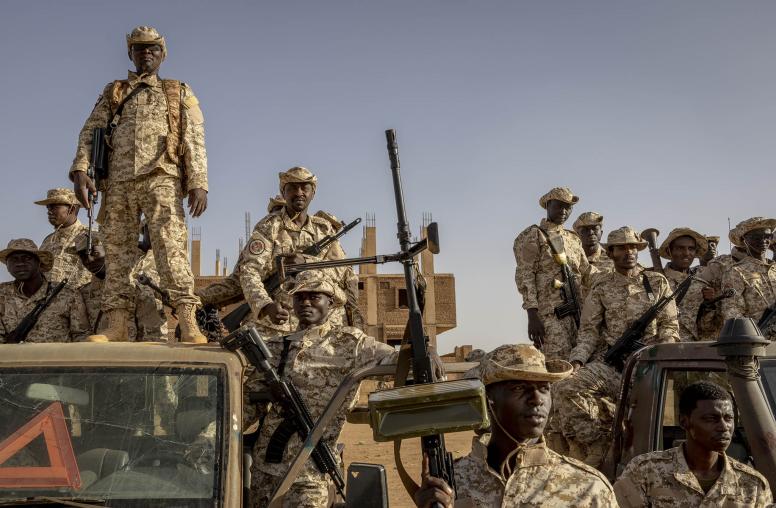From Monitoring to Action: Preventing Atrocities in Sudan
Since April 15, Sudan has been engulfed in violence between the Sudan Armed Forces and the Rapid Support Forces. The fighting quickly spread from the capital to Darfur, where reports of mass killings and ethnic cleansing echo the horrors of the 2003 Darfur genocide. Amid the continued fighting, organizations like the Sudan Conflict Observatory and the Youth Citizen Observers Network have placed a spotlight on the movement of military equipment, the destruction of property and civilian infrastructure, patterns of rapid population shifts, as well as violations of international human rights law and cease-fire agreements.
English
Arabic
On July 28, USIP held a discussion delving into the work of the Sudan Conflict Observatory, Youth Citizens Observers Network and other monitoring organizations to examine the progression of the war, efforts to address atrocities, and ways to prevent the conflict from spreading further.
Continue the conversation on Twitter using the hashtag #SudanAtrocities.
Speakers
Jawhratelkaml Kanu, moderator
Program Officer, Nonviolent Action, U.S. Institute of Peace
Quscondy Albdelshafie
Senior Regional Advisor, Africa, Freedom House
Caitlin Howarth
Director, Conflict Observatory
Mahasin Dahab
Project Manager, Sudanese Archive



